Leipzig has been known since the Middle Ages especially for its markets and fairs, being the second most important city in Saxony, after Dresden. It is also consecrated for the book trade of those times, becoming an important center of art and culture. This heritage is reflected in the old publishing houses, important libraries and the international book fair.
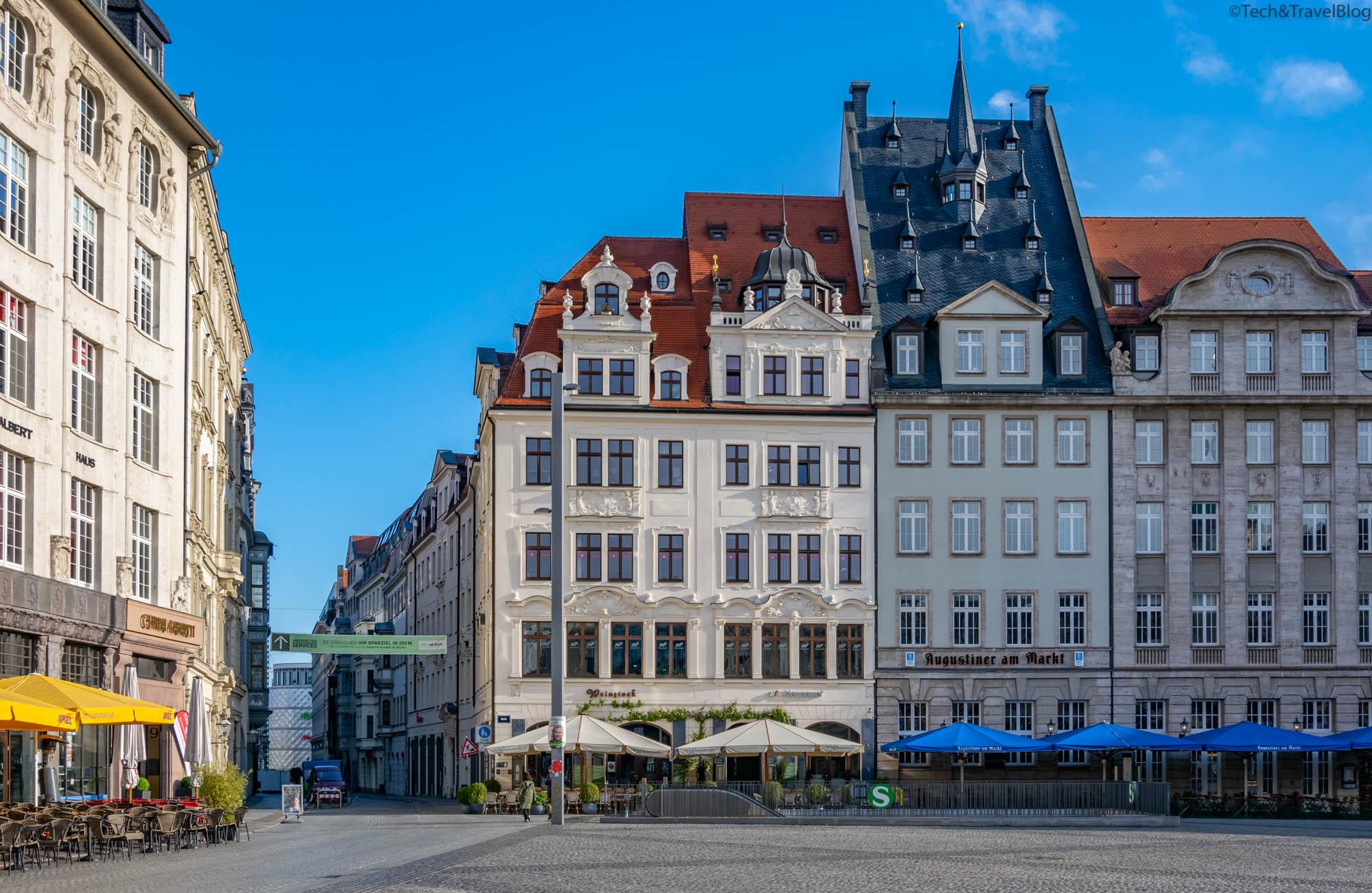
Today, Leipzig is among the most popular tourist areas in East Germany and thanks to its rich cultural and musical heritage it is frequently cited as one of the most livable cities in Europe. In 2009 it was ranked 35th in the world (out of 256 competing cities) for cultural, social and economic innovation.
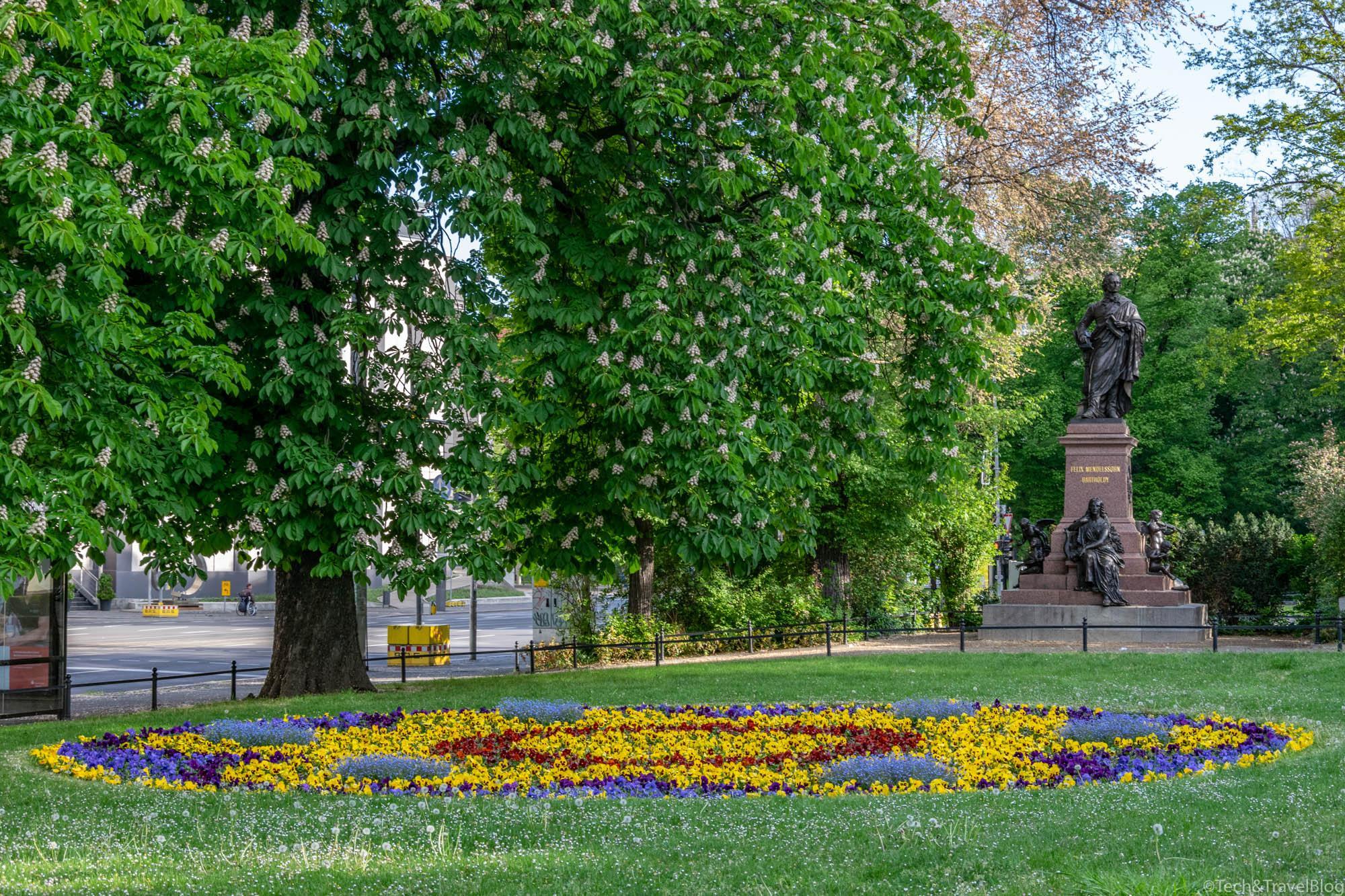
Martin Luther, Johann Sebastian Bach, Richard Wagner, Johann Wolfgang von Goethe, Robert Schumann or Felix Mendelssohn Bartholdy are just a few well-known names that played an important role in the development of the city.
Main tourist attractions in Leipzig
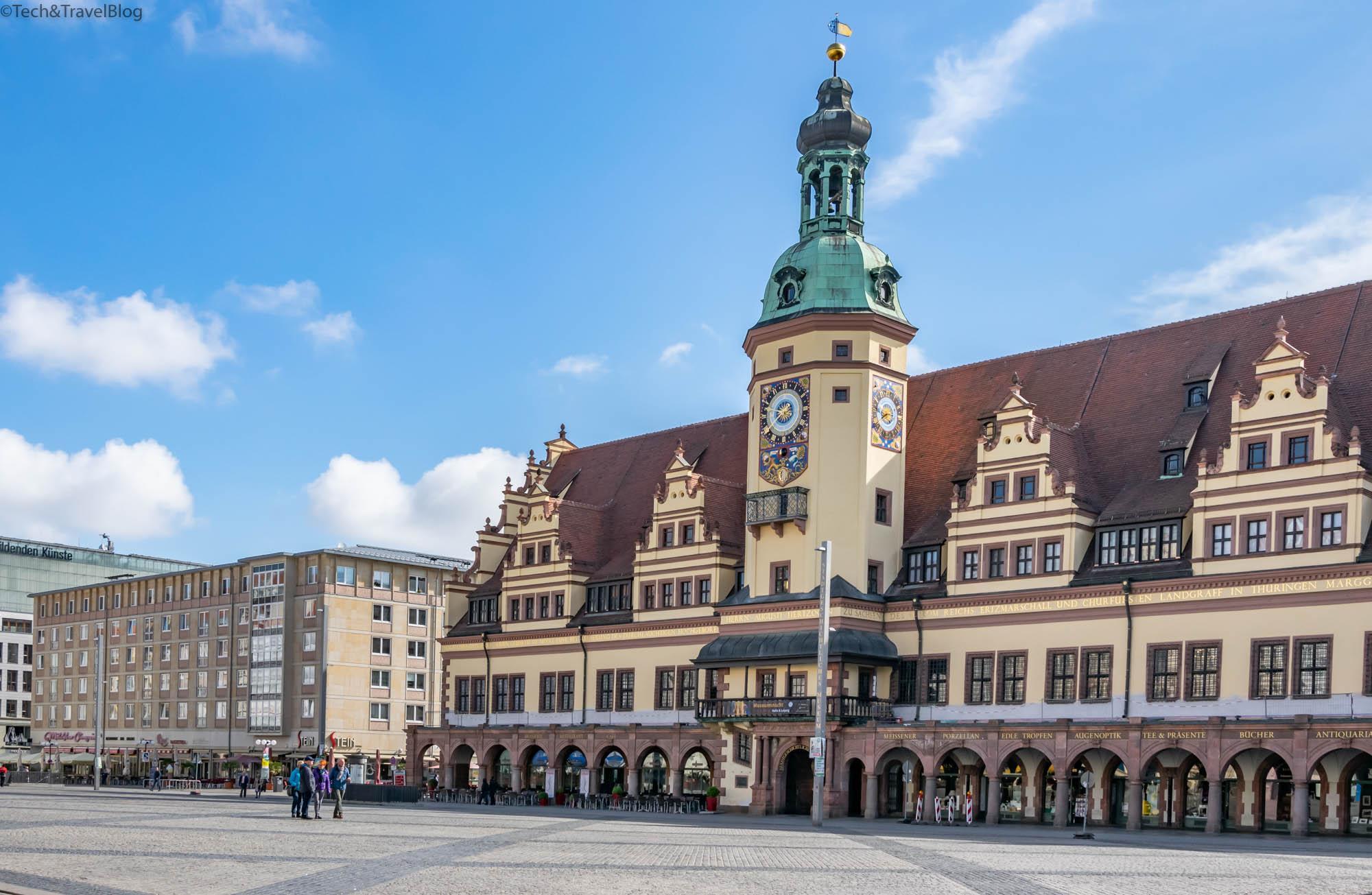
1. The Central Square (Marktplatz) is dominated by the Old Town Hall (Altes Rathaus) – a Renaissance building dating from 1556 – considered one of the most beautiful Renaissance buildings in the country. Inside the building there is a museum of artifacts and exhibitions showing the history of the city throughout history, from the Middle Ages to 1989.
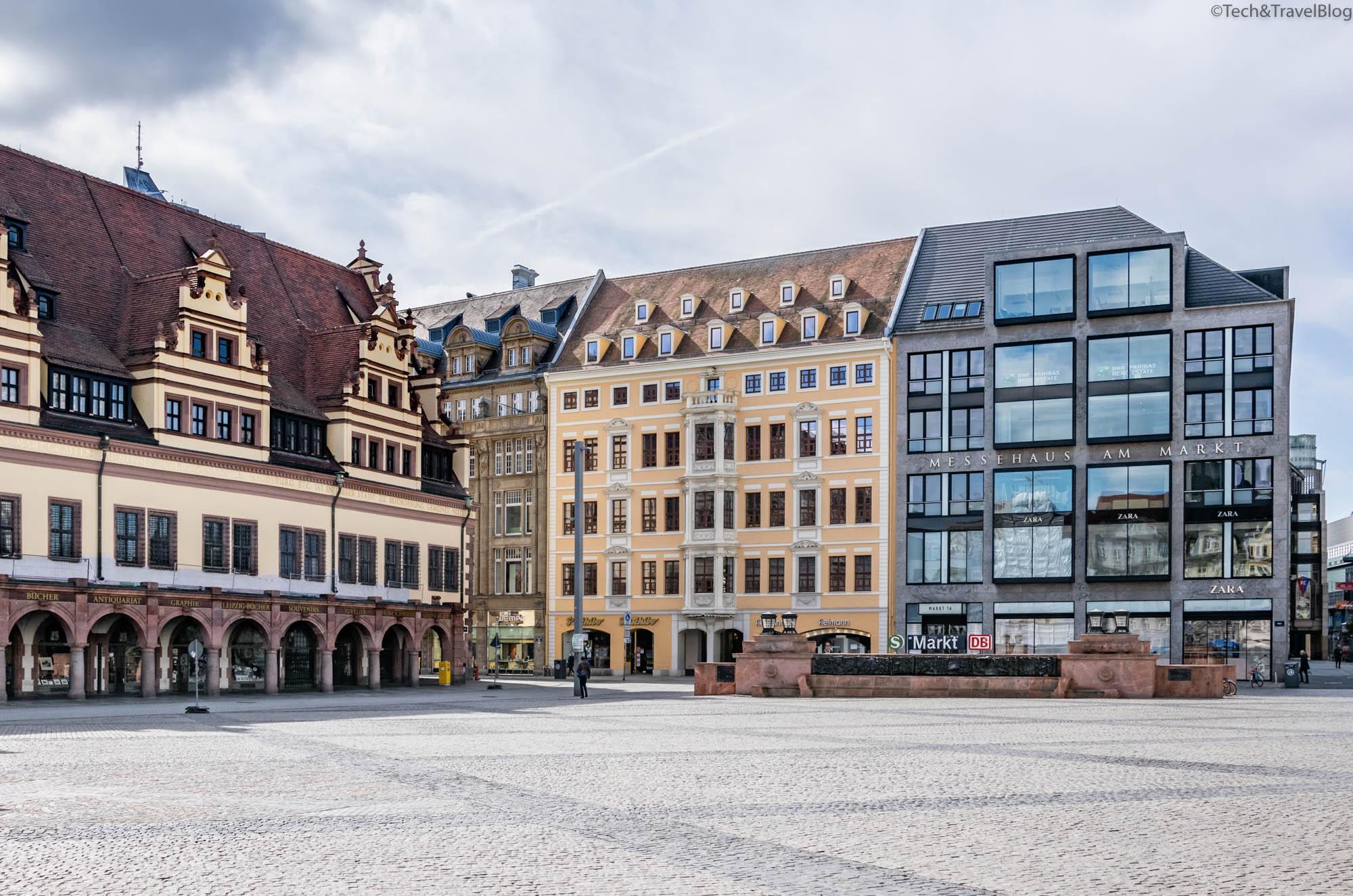
The Marktplatz is where the main festivals are held, such as the Christmas Market (Weihnachtsmarkt) or the Leipzig City Festival (Festival City).
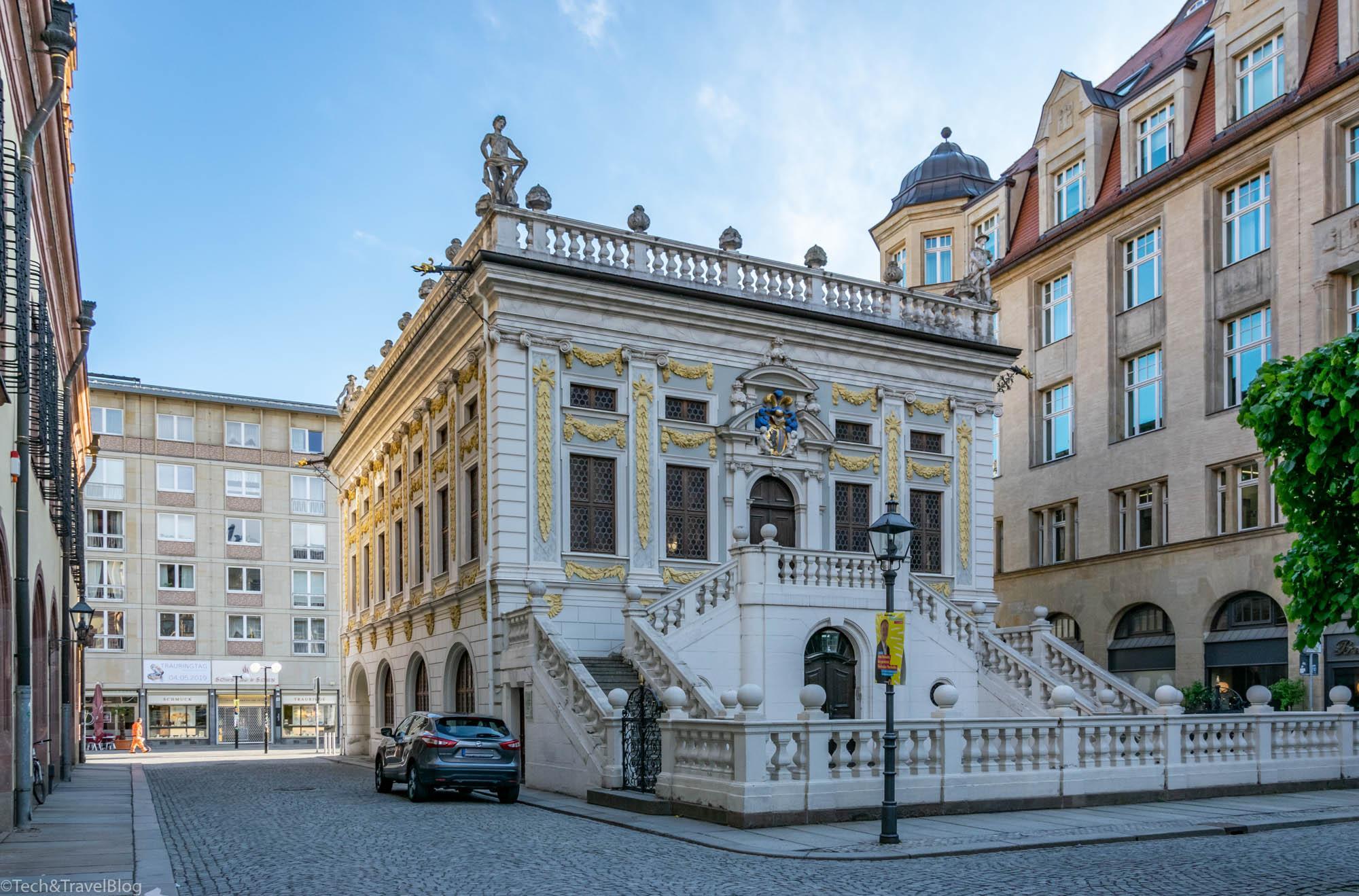
2. On the North side of the Central Market is the Alte Handelsbörse (Old Stock Exchange) – Leipzig’s oldest baroque building, currently used as a concert and event hall. In front of the building is the statue of Johann Wolfgang von Goethe (1740-1832), one of the greatest German writers. Throughout his life, Goethe was a writer, lawyer, botanist, politician, physicist, civil servant, painter and theater manager.
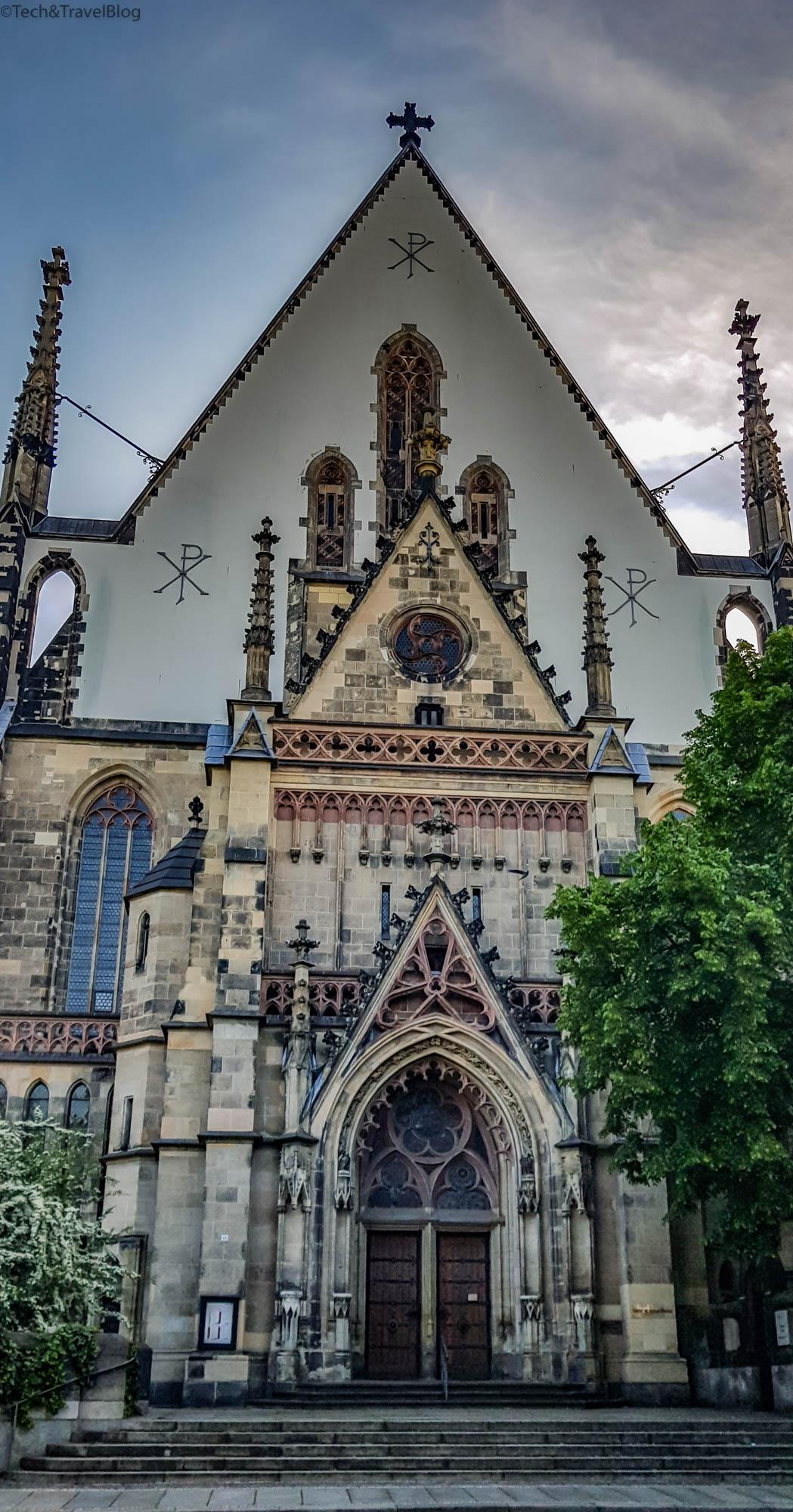
3. The Church of Saint Thomas (Thomaskirche) serves as a place of worship as well as a museum dedicated to the great composer Johann Sebastian Bach , who was part of the church choir from 1723 until his death in 1750.
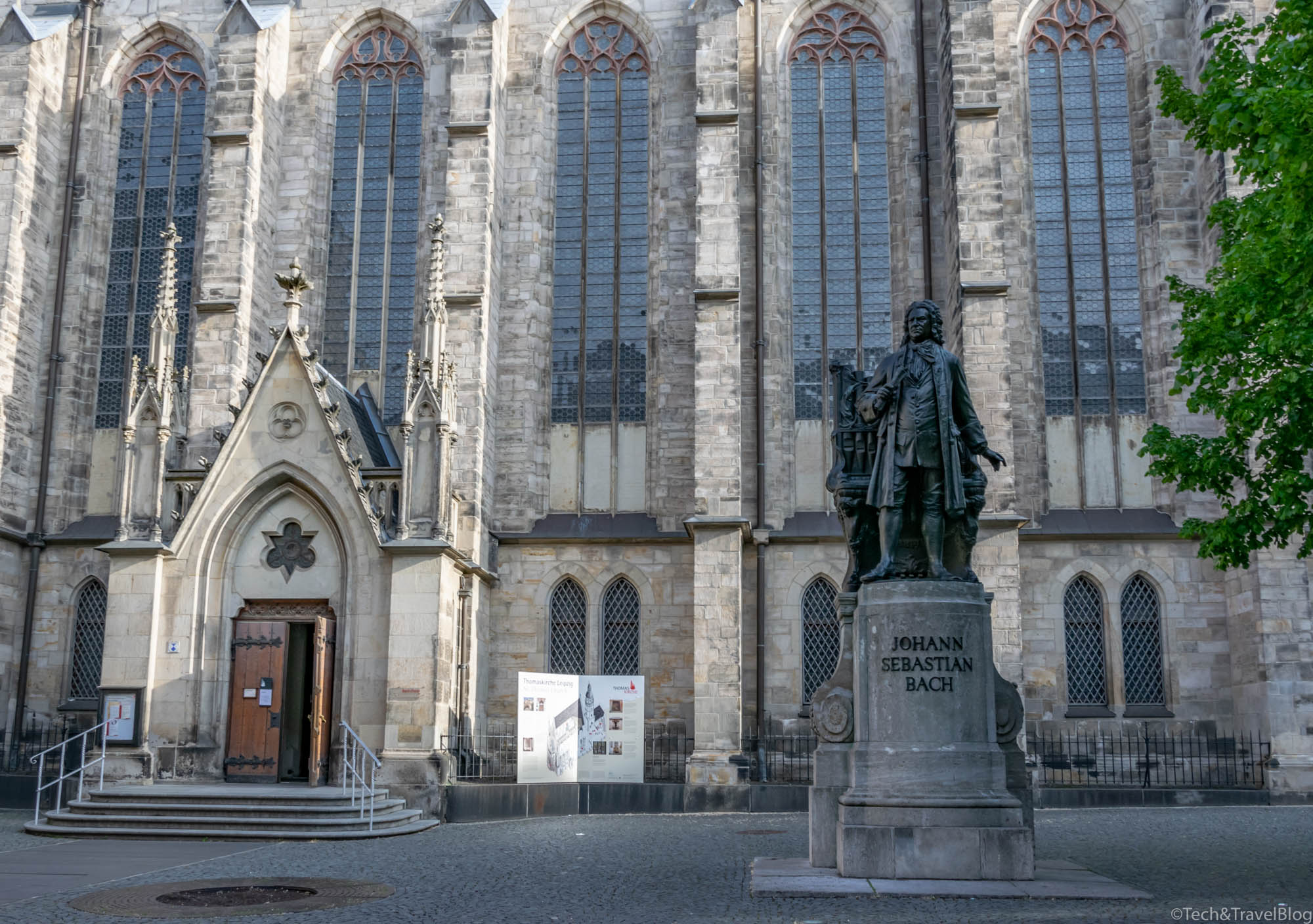
Next to the altar is the composer’s grave, and in front of the entrance on the south side of the church rises the statue of Bach.
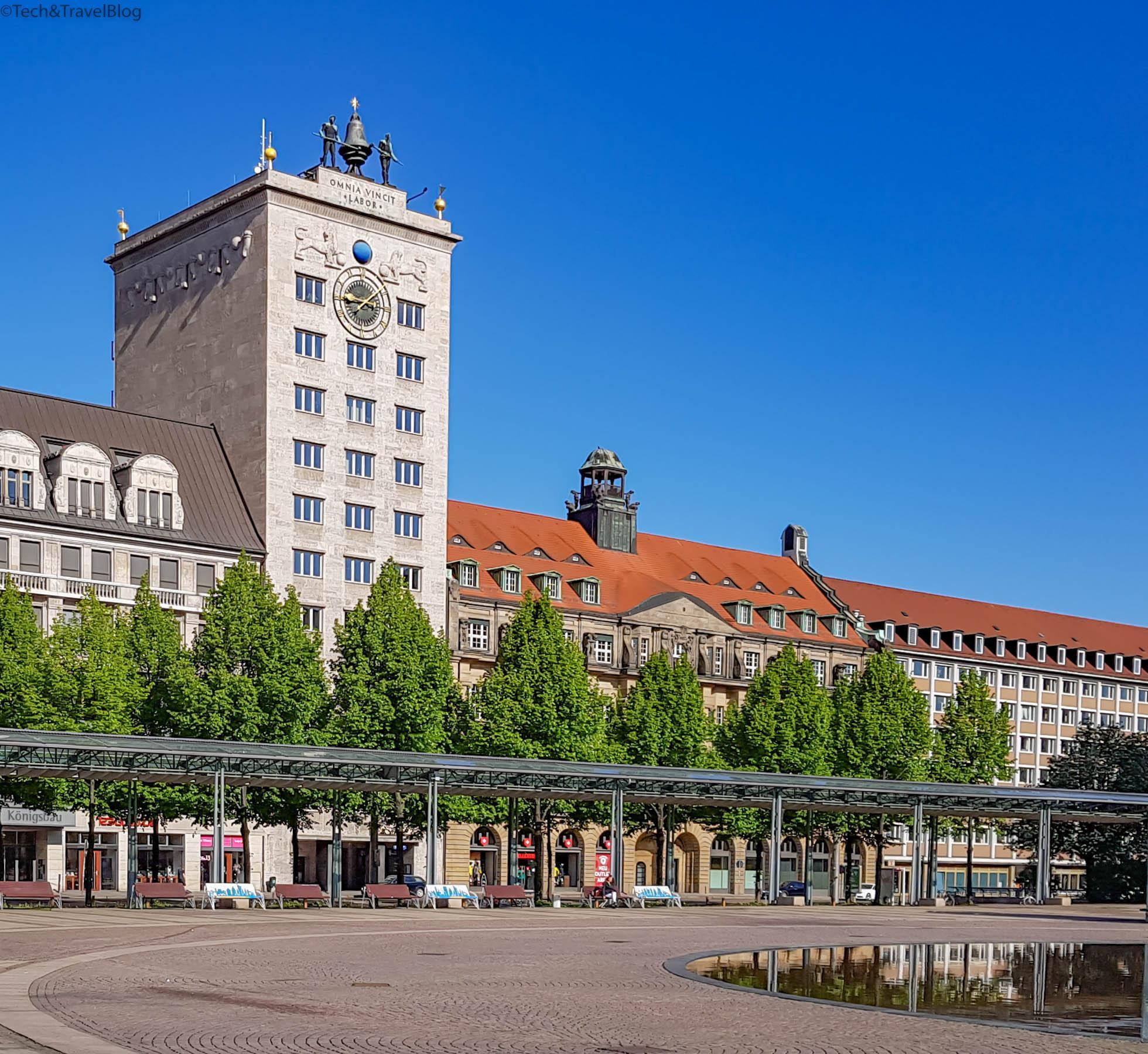
4. The Krochhochhaus is the first skyscraper built in the city in 1928. On the roof of the 43-meter high tower is a bell and two figures who ring it in turn when the exact time is announced. The clearing currently houses the University of Leipzig’s Egyptian Museum and the University’s Ancient Oriental Institute.
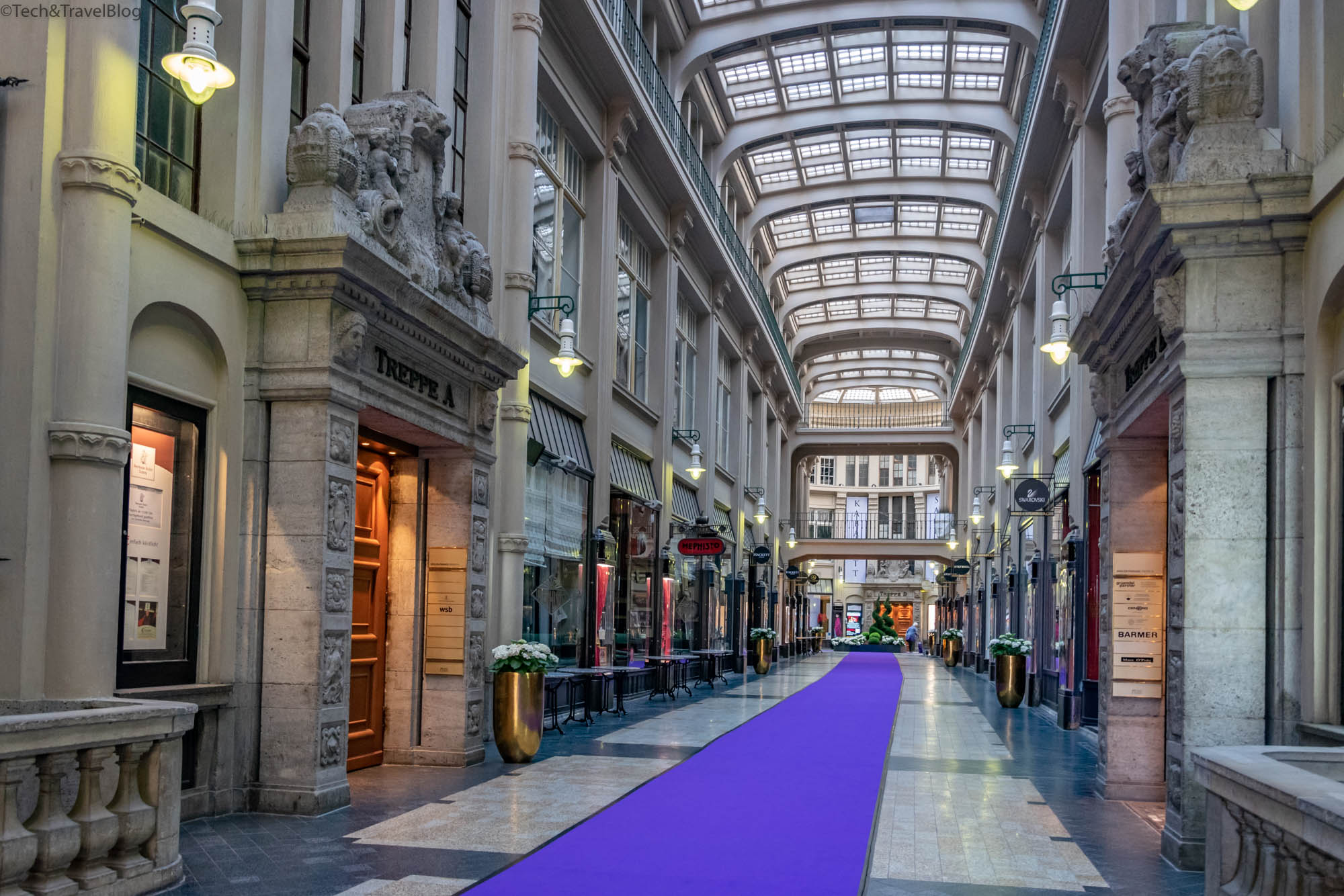
5. The Mädler Passage (Mädlerpassage) has a total length of 140 meters and houses shops, restaurants and exhibition spaces.
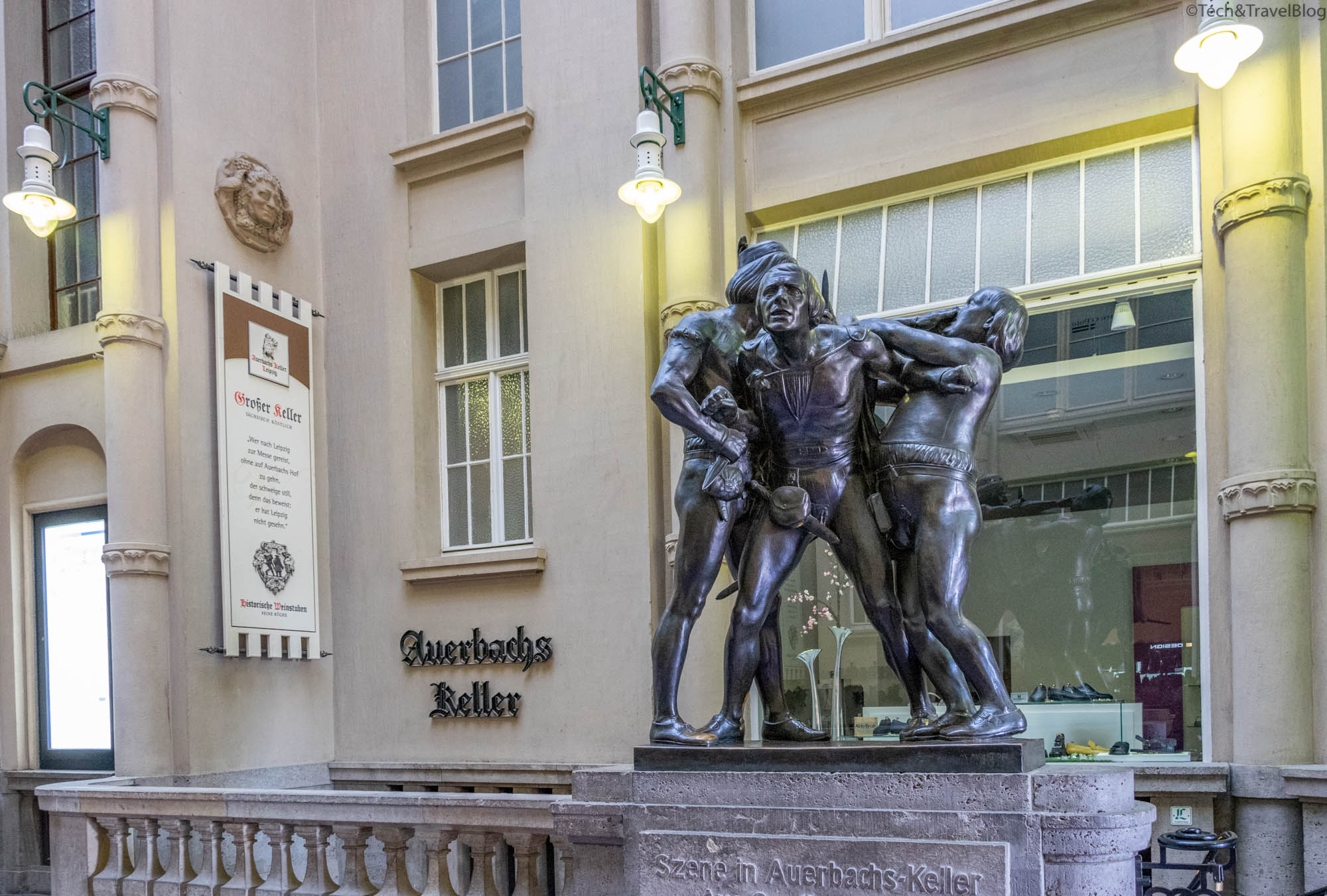
A group of characters from Faust – Goethe‘s well-known work – were sculpted in bronze in 1913 and placed on the stone staircase leading to the famous restaurant Auerbachs Keller, the second oldest restaurant in Leipzig dating back to the 15th century lea.
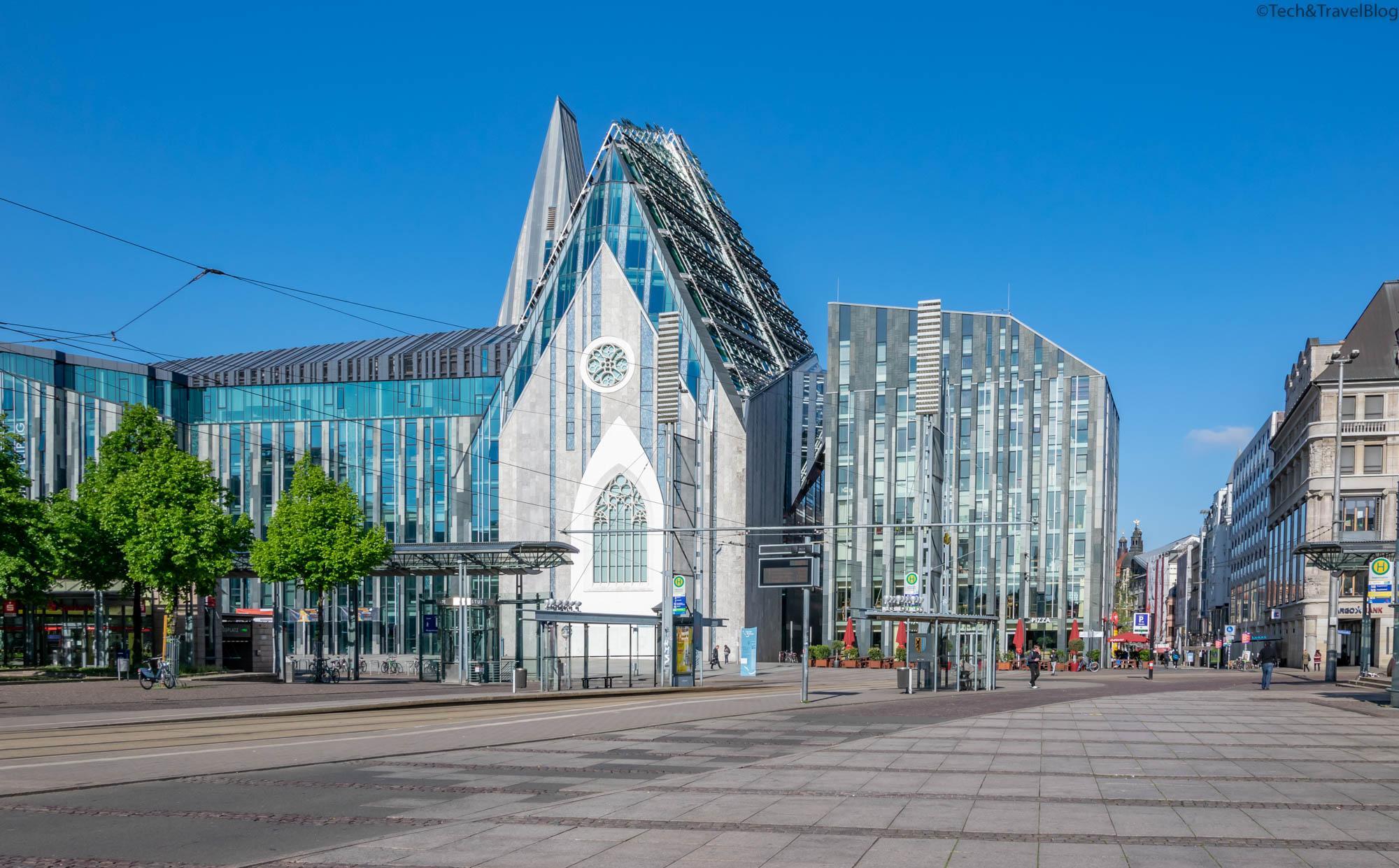
6. The University of Leipzig is one of the oldest universities in the world and the second oldest in Germany, having been founded in 1409. During the Second World War, more than 60% of the university buildings were destroyed, being later renovated and reopened in 1946. Famous students of the University include Wagner, Goethe, Angela Merkel and many Nobel laureates in literature, physics and chemistry.
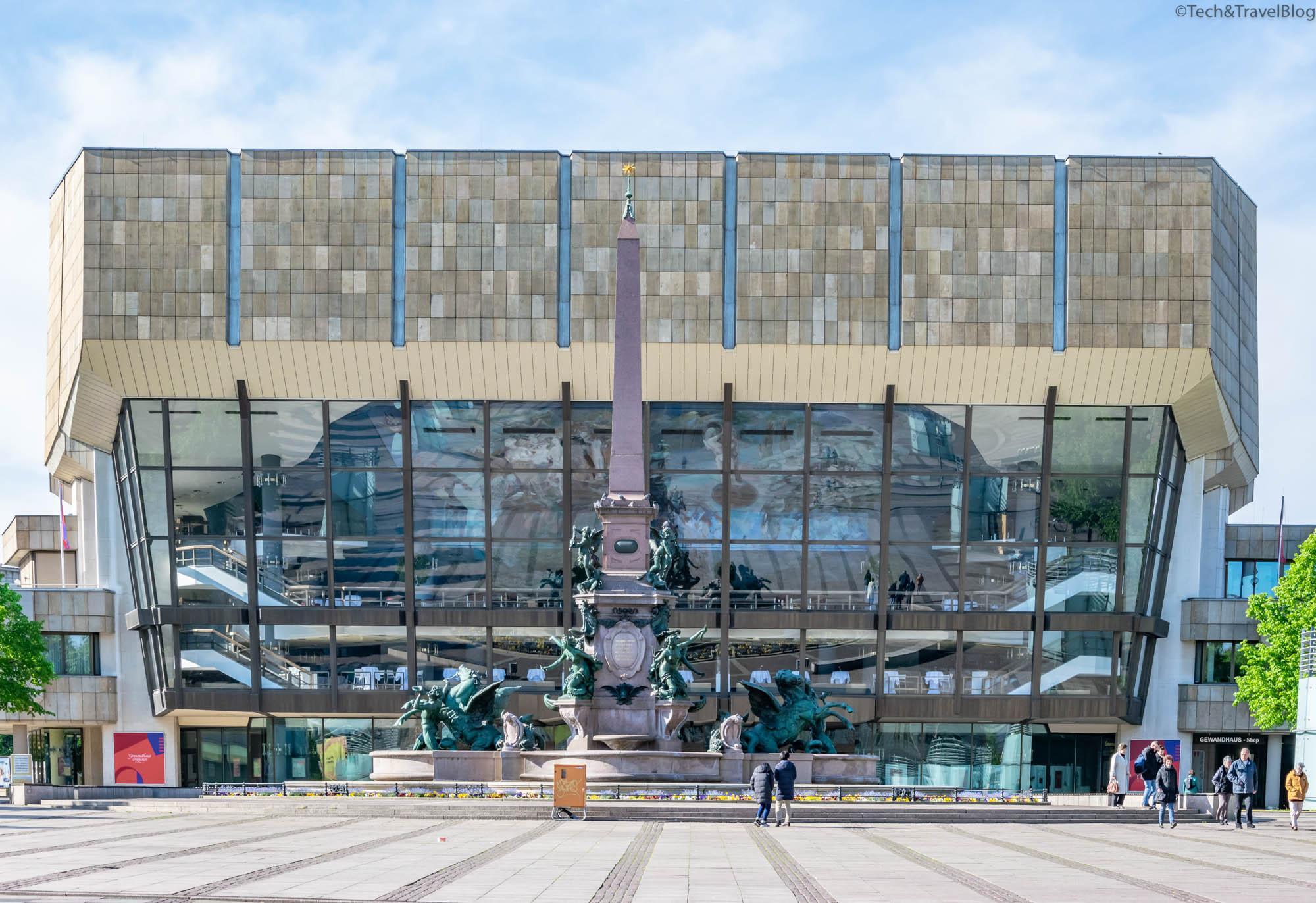
7. The New Concert Hall (Neues Gewandhaus) is located near the University of Leipzig and was built in 1981, known for its excellent acoustics and paintings by modern artists.
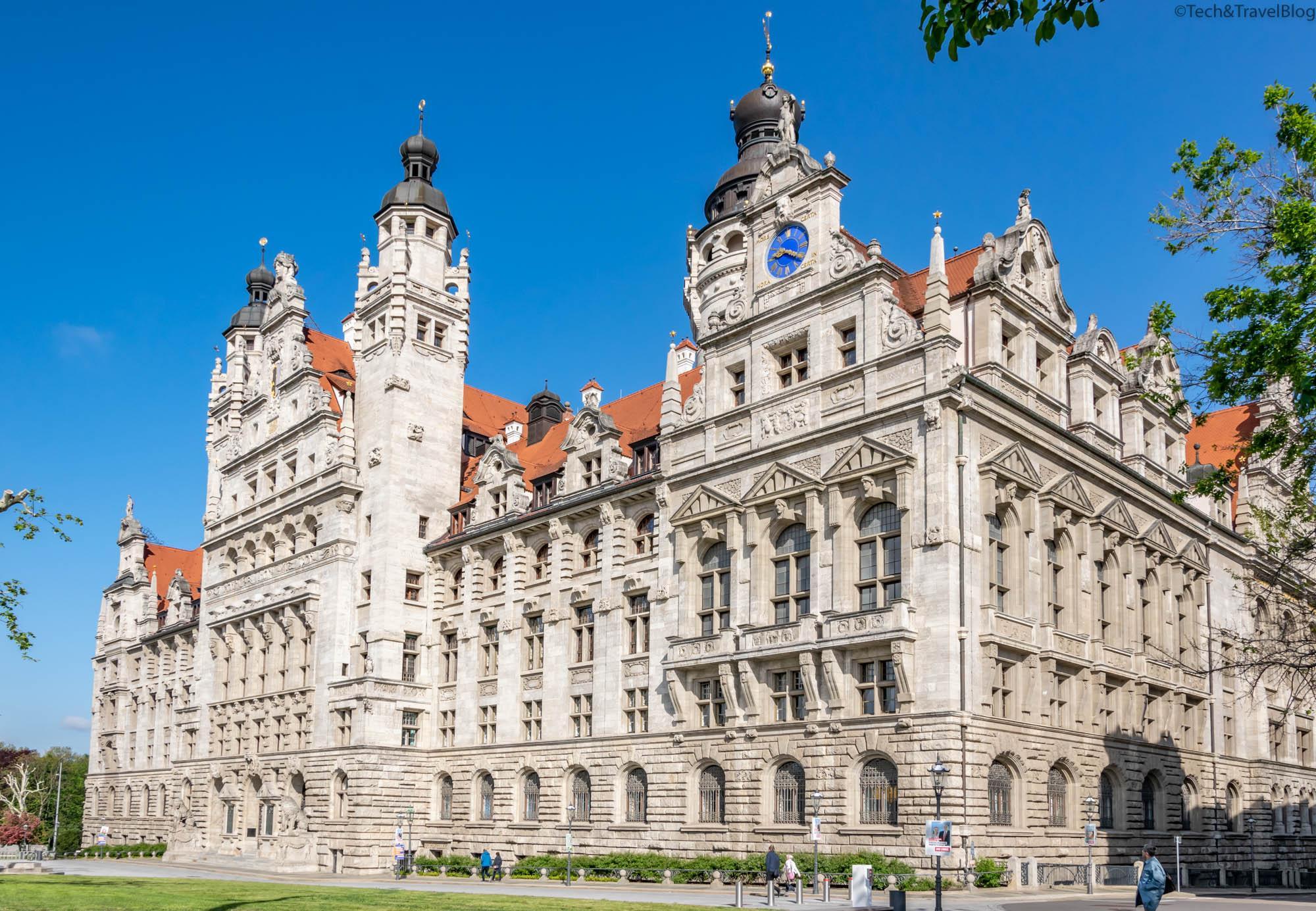
8. The New Town Hall (Neues Rathaus) has served as the seat of Leipzig’s city administration since 1905. The main tower is 114.8 meters high, making it the tallest town hall tower in Germany. Next to the clock on the tower is the inscription “Mors Certa, Hora incerta” – “Death is certain, the hour is uncertain“, and the female figure above symbolizes truth.
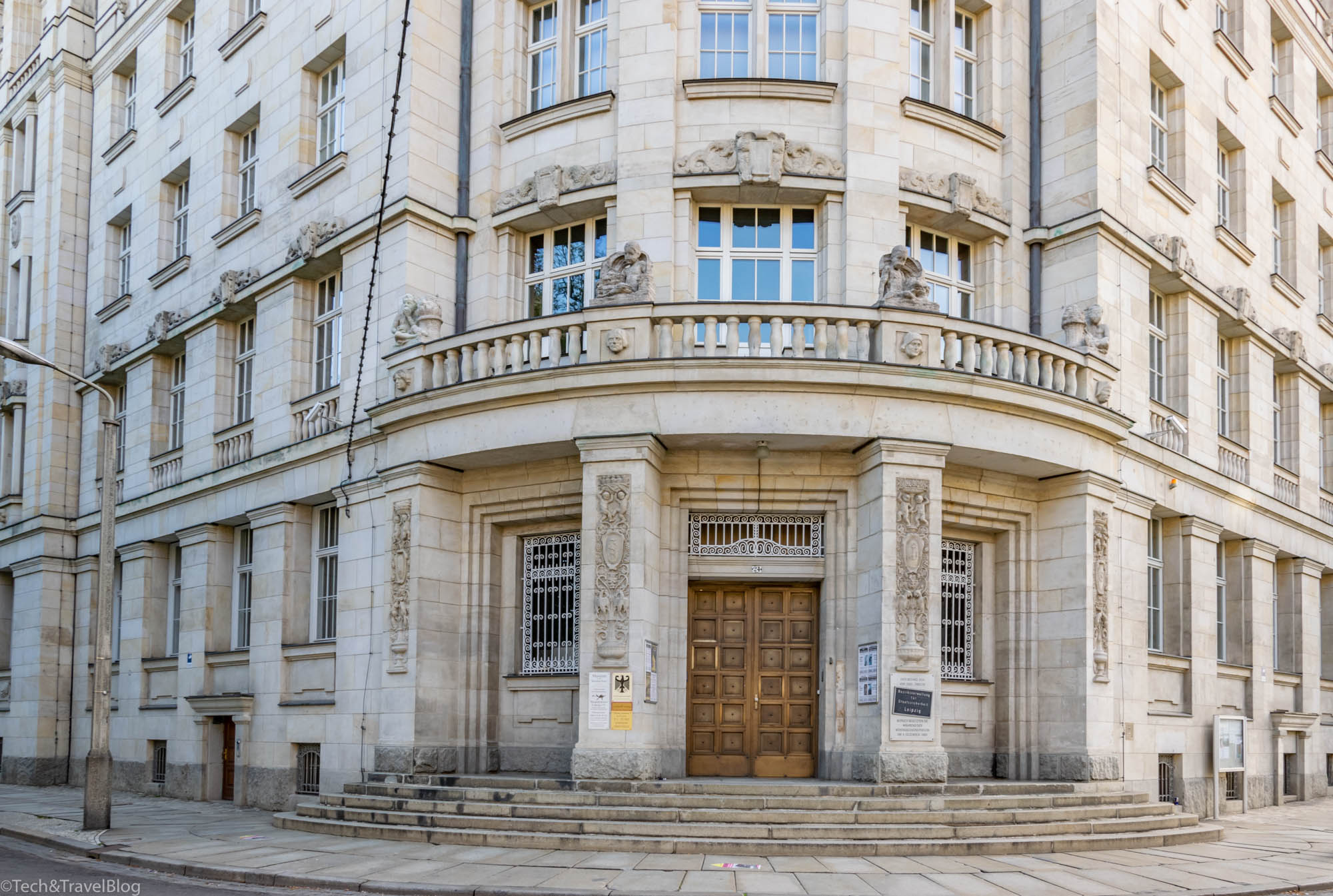
9. Museum in der Runden Ecke was formerly the headquarters of the secret service and political police (STASI) of the former German Democratic Republic. Those who want to visit the museum can make up their own minds about the function, equipment, methods and history of the Stasi. The museum is open daily from 10:00 to 18:00 (except December 23-26, December 31 and January 1), admission is free (the museum is run by a non-profit organization). Every day, at 15:00, a guided tour is organized in German or English (if there are more than 5 people), for a fee of €5/person.
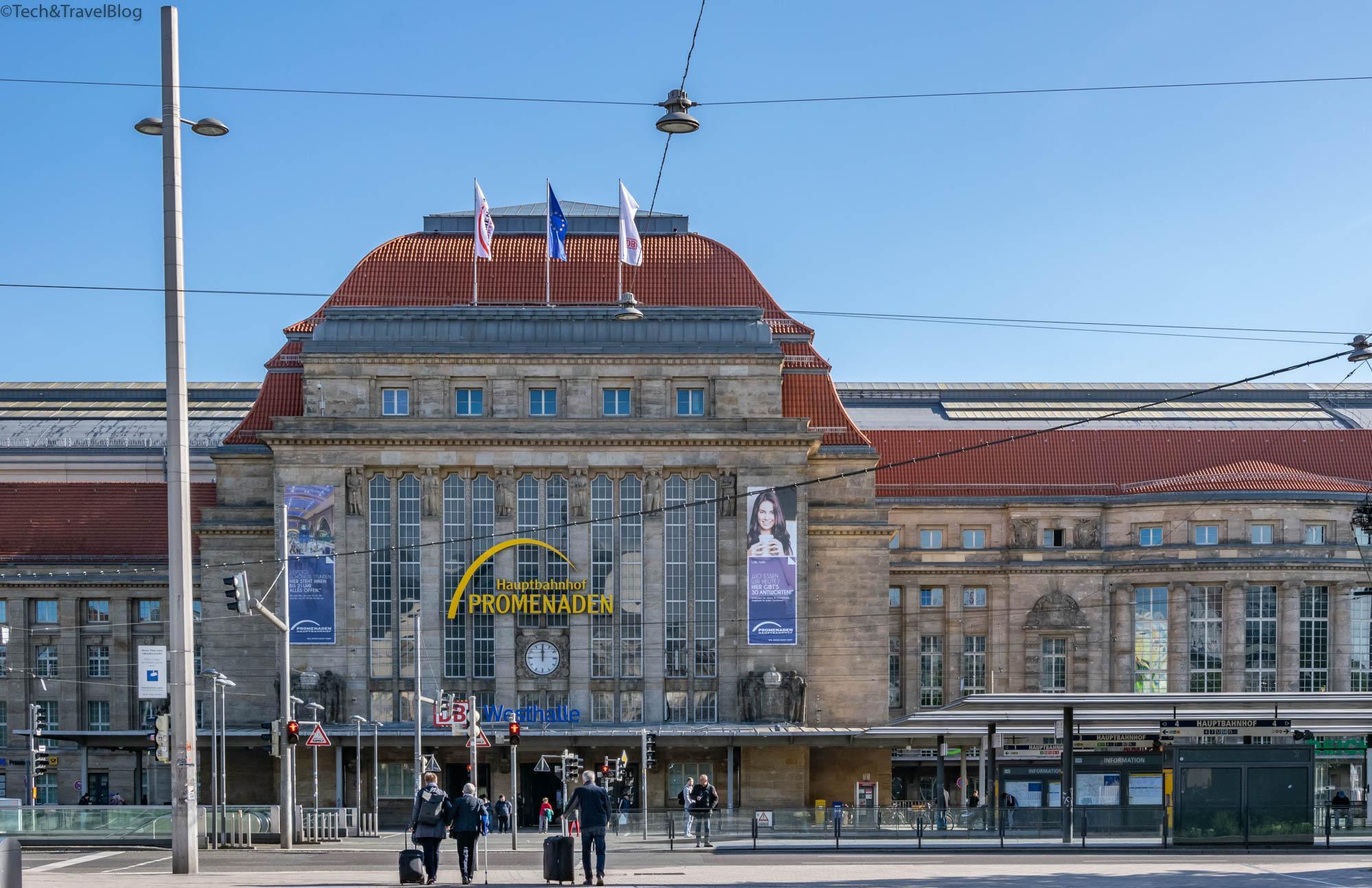
10. The Central Station (Hauptbahnhof) is the largest railway station in Europe (83,460 m²). It was built in 1915 and is transited by approximately 120,000 passengers during a day. The station houses 19 underground platforms, two of which were inaugurated in 2013.
(Leipzig – May 2019)

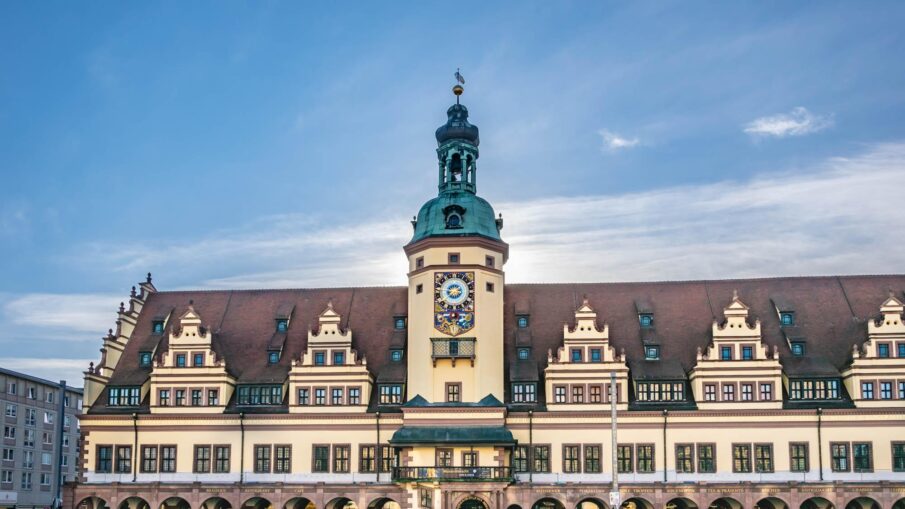

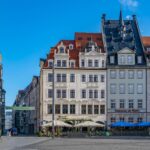
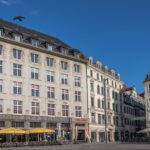
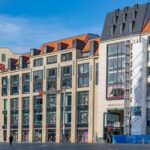
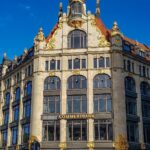
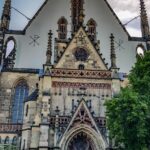
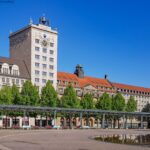
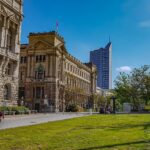
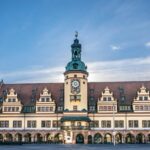
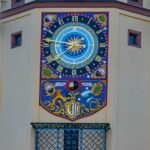
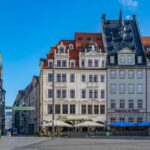
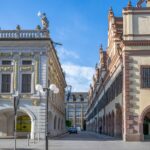
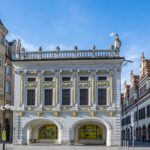
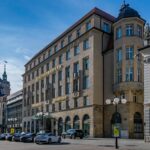
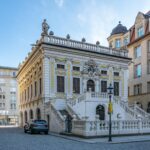
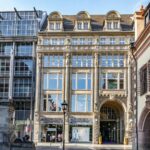
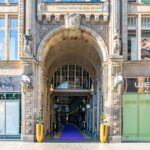
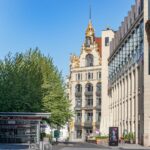
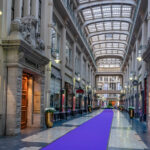


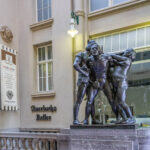
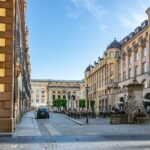
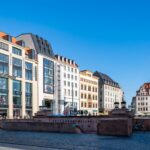
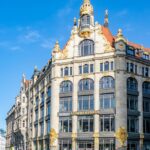
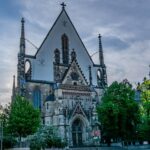
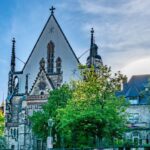
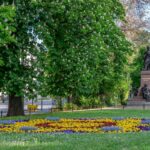
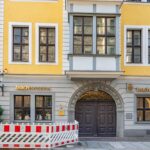
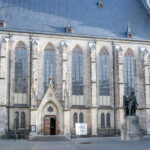
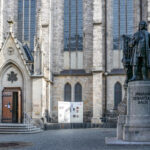
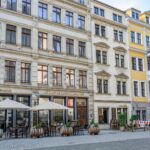
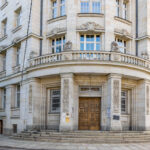
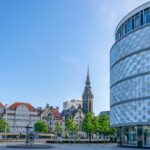
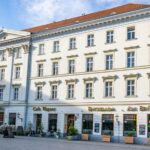
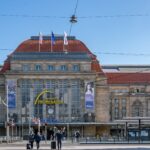
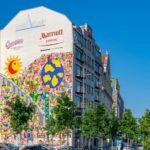
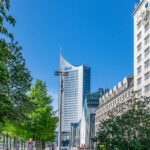
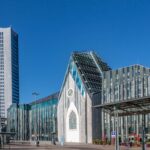
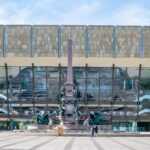
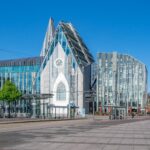
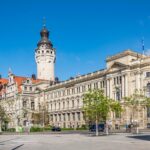
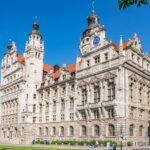
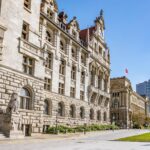
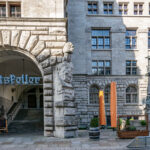
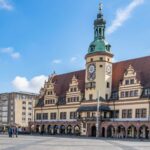
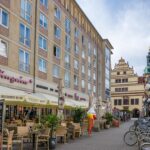
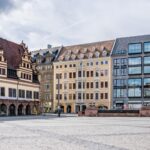
Leave a Reply